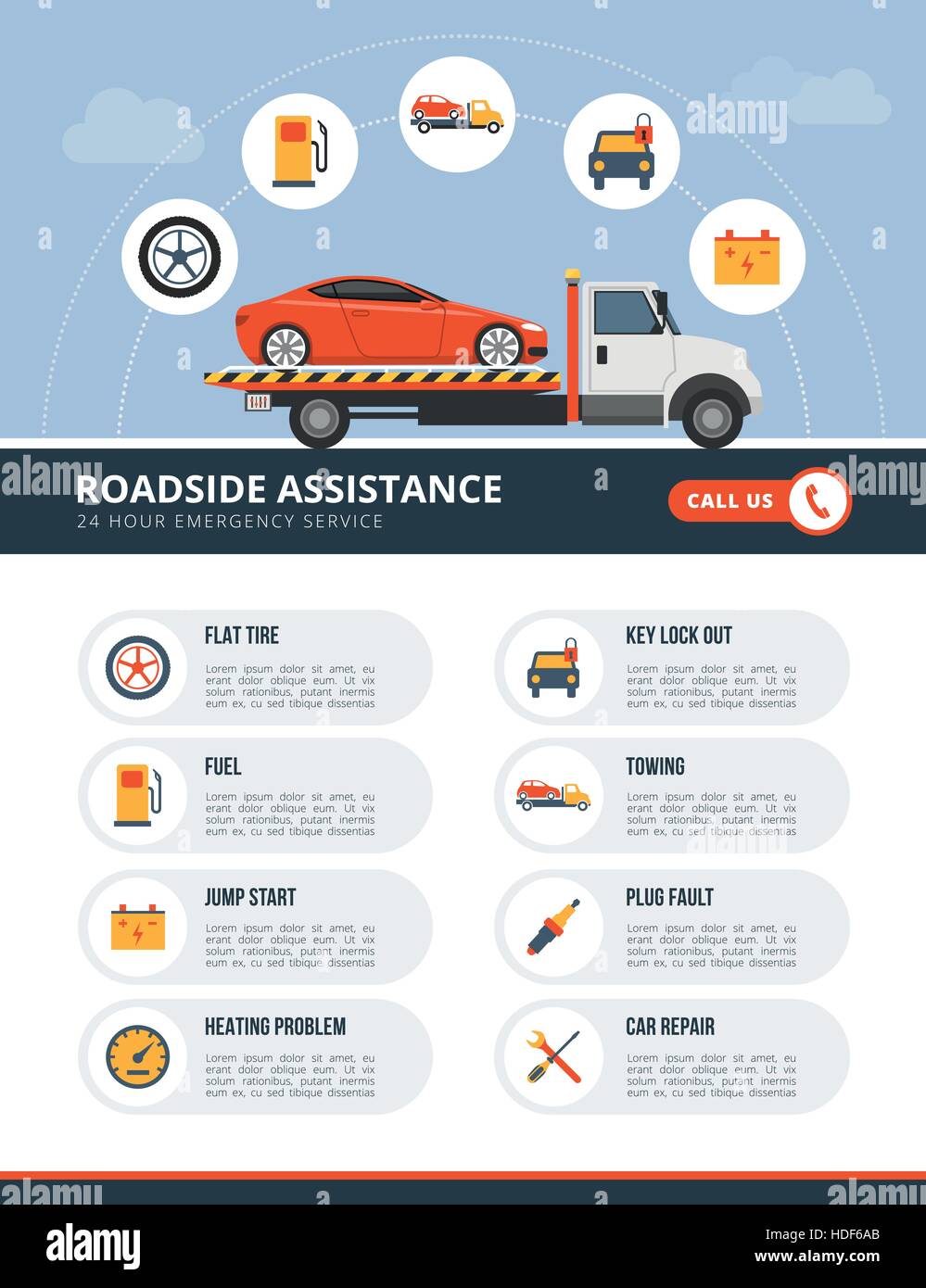Examining Your Automobile'S Warning Indicators: What They Truly Convey
Examining Your Automobile'S Warning Indicators: What They Truly Convey
Blog Article
Web Content Composed By-Faulkner Kejser
When you lag the wheel, those beautiful caution lights on your control panel can be a little bit bewildering. Do you understand what they're attempting to tell you about your car's health? Understanding the significance of these lights is essential for your safety and security and the long life of your car. So, the following time one of those lights turns up, would not you wish to analyze its message precisely and take the needed steps to address it?
Common Caution Lights and Interpretations
Identify common warning lights in your cars and truck and comprehend their definitions to make sure safe driving.
One of the most common caution lights include the check engine light, which signifies issues with the engine or discharges system. If this light comes on, it's vital to have your vehicle inspected quickly.
The oil pressure alerting light indicates low oil stress, requiring prompt interest to avoid engine damages.
A blinking battery light may recommend a damaged billing system, possibly leaving you stranded if not attended to.
The tire stress tracking system (TPMS) light notifies you to low tire pressure, affecting lorry stability and fuel efficiency. Ignoring this can lead to dangerous driving problems.
The abdominal muscle light suggests a trouble with the anti-lock stopping system, endangering your ability to stop quickly in emergencies.
Finally, the coolant temperature alerting light warns of engine getting too hot, which can cause extreme damages otherwise solved swiftly.
Understanding click the up coming website page will certainly aid you attend to problems immediately and maintain risk-free driving problems.
Significance of Prompt Attention
Comprehending the common warning lights in your car is just the very first step; the value of quickly resolving these warnings can't be stressed sufficient to guarantee your security on the road.
When https://www.autobodynews.com/index.php/ed-attanasio/item/25373-some-auto-parts-cheaper-at-walmart-fixed-ops-director-shocked-to-find.html illuminates on your control panel, it's your vehicle's way of interacting a potential problem that requires focus. Neglecting these warnings can lead to much more serious troubles down the road, endangering your security and possibly costing you more in repairs.
Prompt interest to cautioning lights can avoid break downs and mishaps. As an example, a blinking check engine light might indicate a misfire that, if left unattended, might create damage to the catalytic converter. Resolving this without delay can conserve you from a costly repair.
In a similar way, a brake system cautioning light could signify low brake fluid or worn brake pads, crucial parts for your safety and security when driving.
Do It Yourself Troubleshooting Tips
If you observe a warning light on your dashboard, there are a few DIY repairing suggestions you can try prior to seeking professional help.
The first step is to consult your vehicle's guidebook to comprehend what the specific warning light suggests. Occasionally car detail auckland can be as basic as a loose gas cap setting off the check engine light. Tightening the gas cap may fix the trouble.
An additional common concern is a low battery, which can trigger different warning lights. Inspecting the battery links for deterioration and ensuring they're safe and secure might deal with the problem.
If a caution light lingers, you can attempt resetting it by separating the vehicle's battery for a couple of minutes and after that reconnecting it. Furthermore, checking your automobile's fluid degrees, such as oil, coolant, and brake liquid, can aid repair cautioning lights connected to these systems.
Verdict
In conclusion, comprehending your car's warning lights is essential for keeping your lorry running smoothly and safely. By immediately attending to these alerts and recognizing what they mean, you can stay clear of pricey repair work and prospective malfunctions.
Remember to consult your cars and truck's manual for particular information on each alerting light and take action accordingly to guarantee a hassle-free driving experience.
Stay notified, remain safe on the road!
